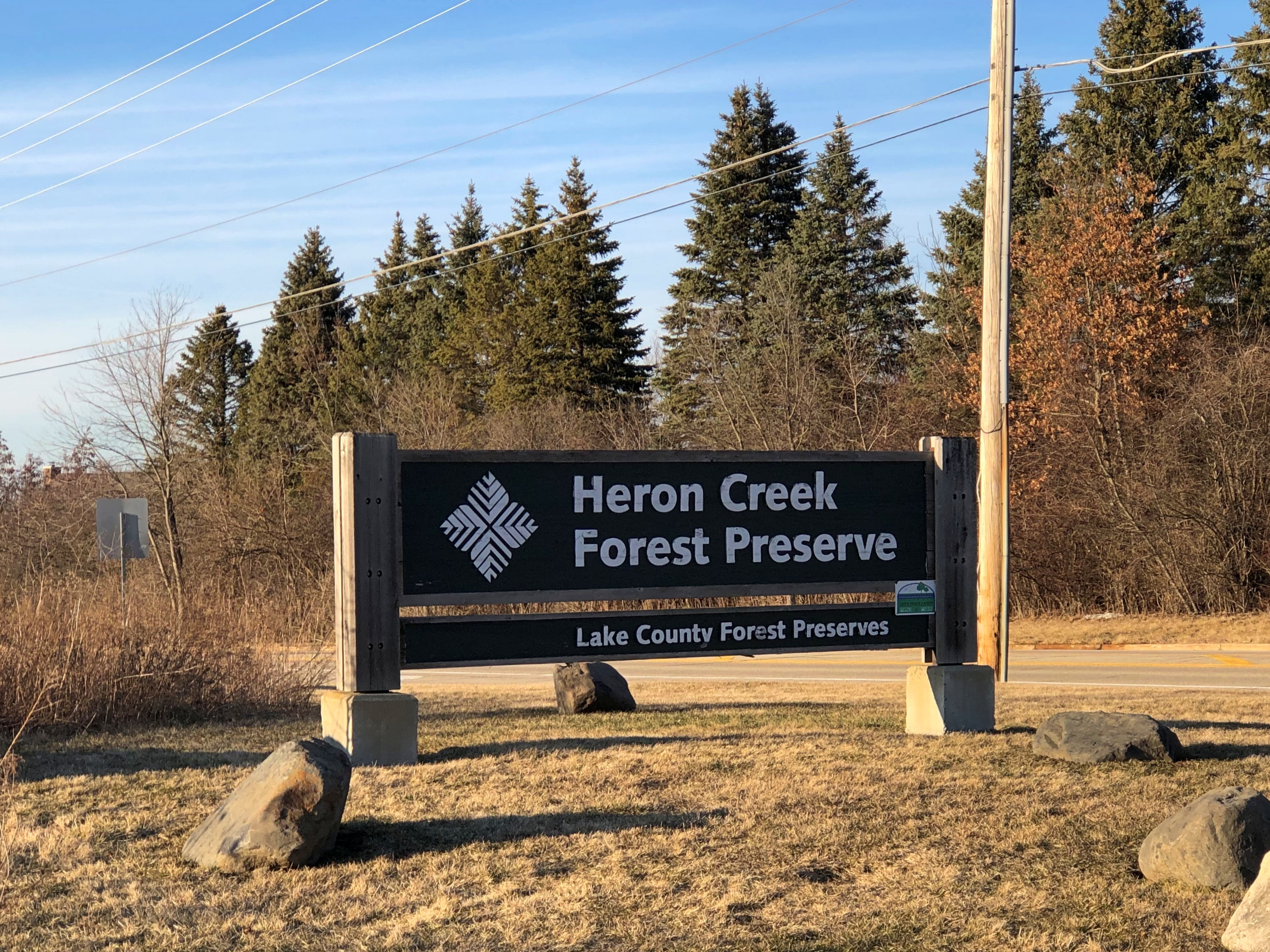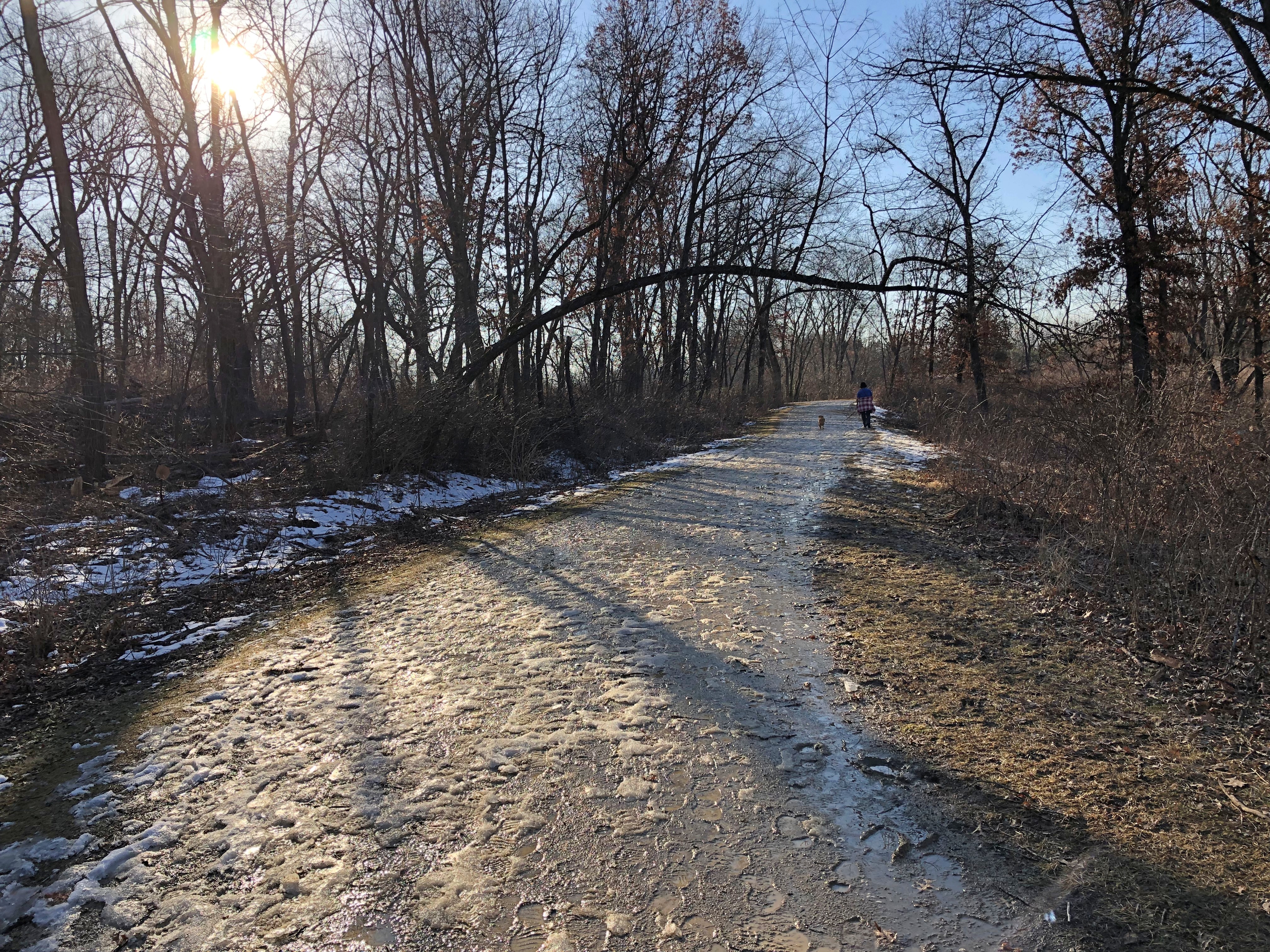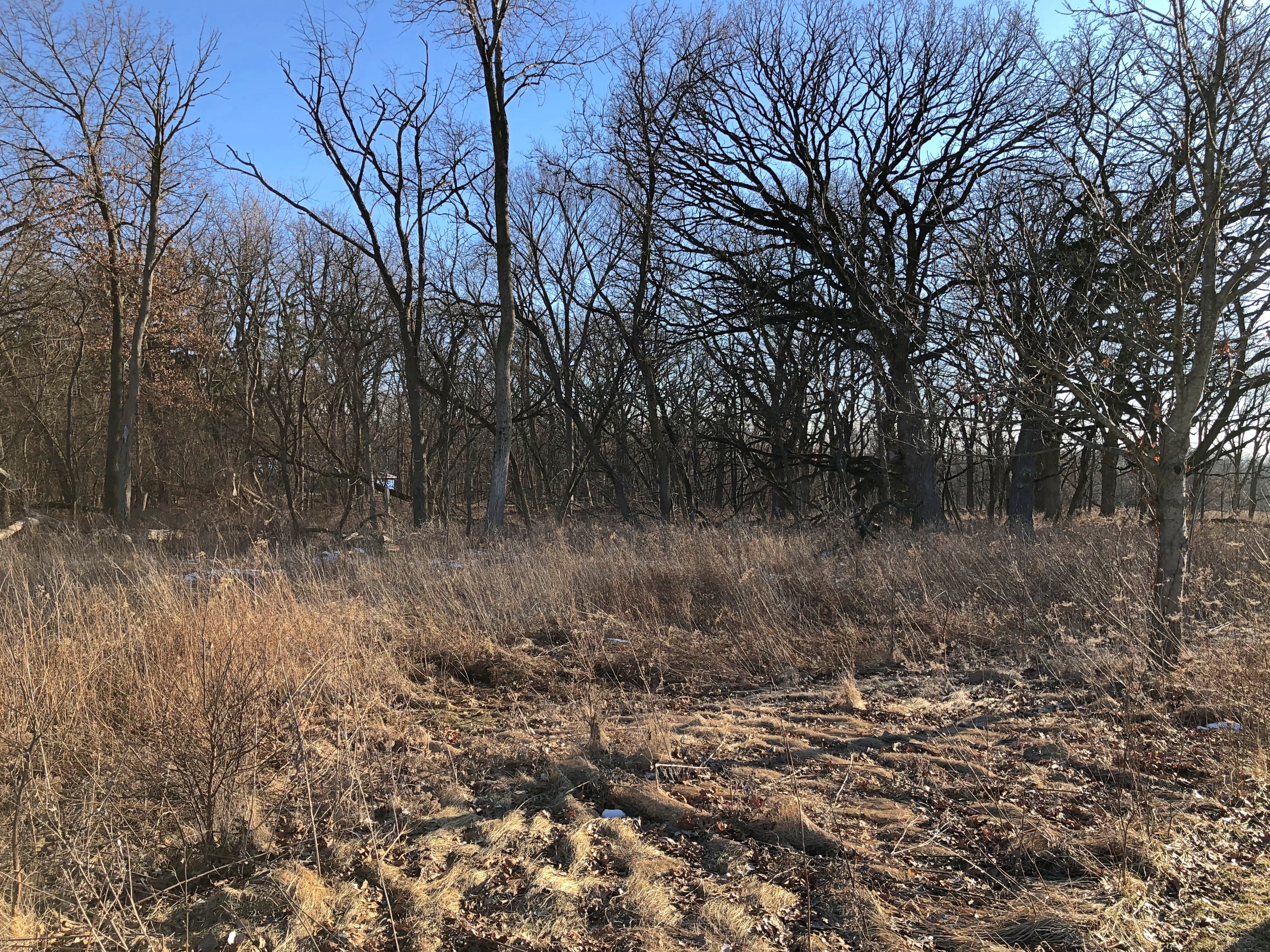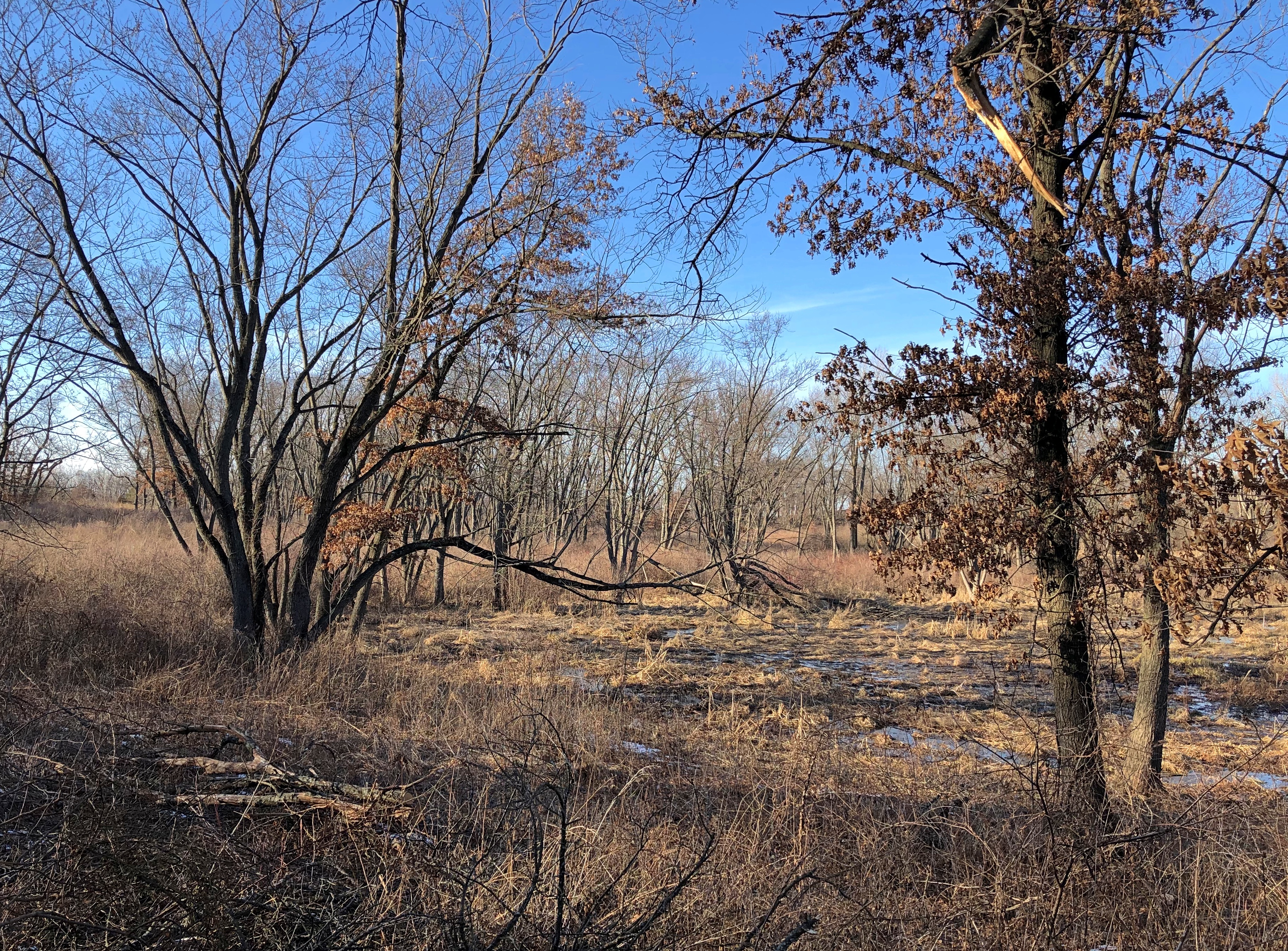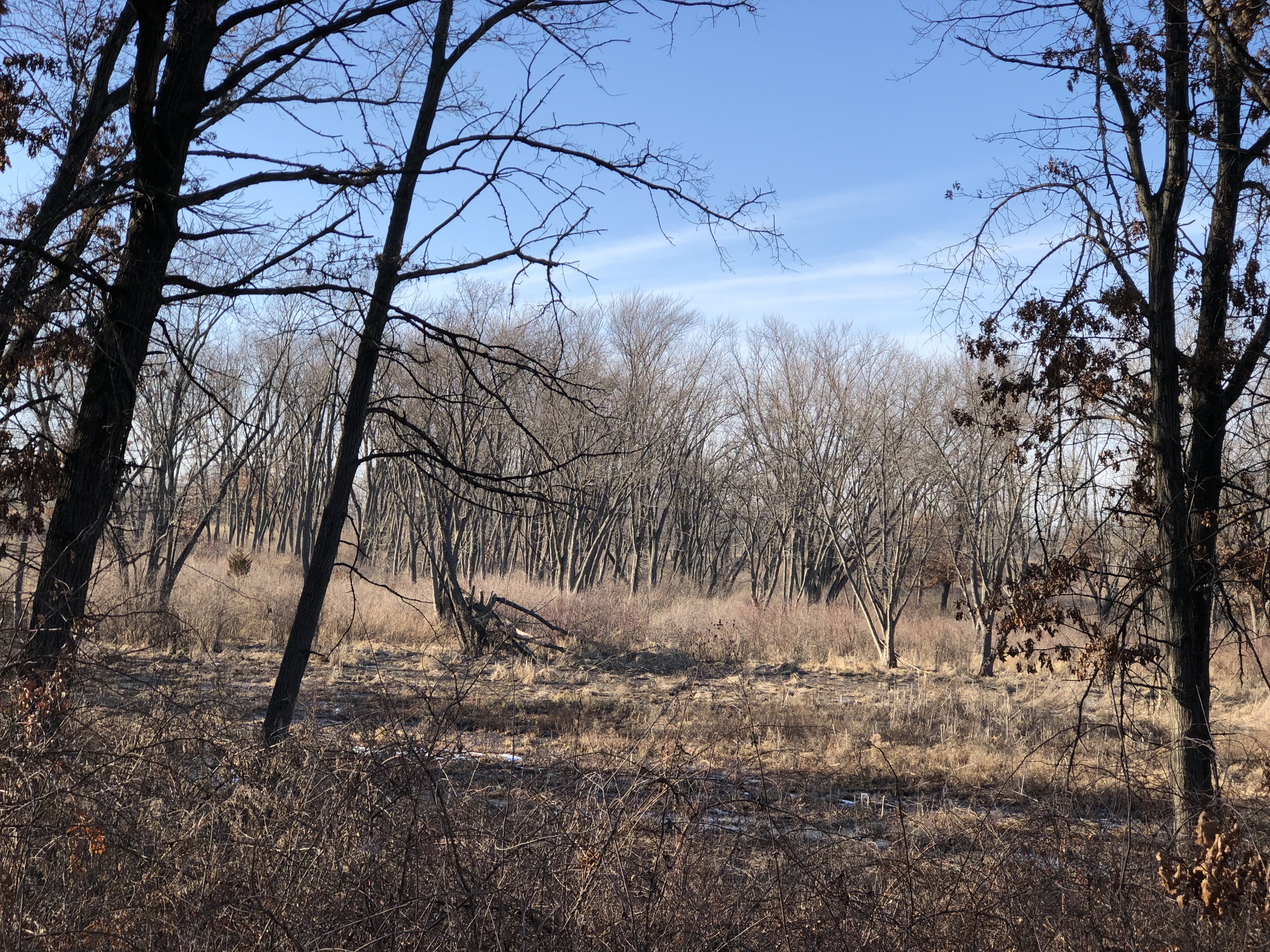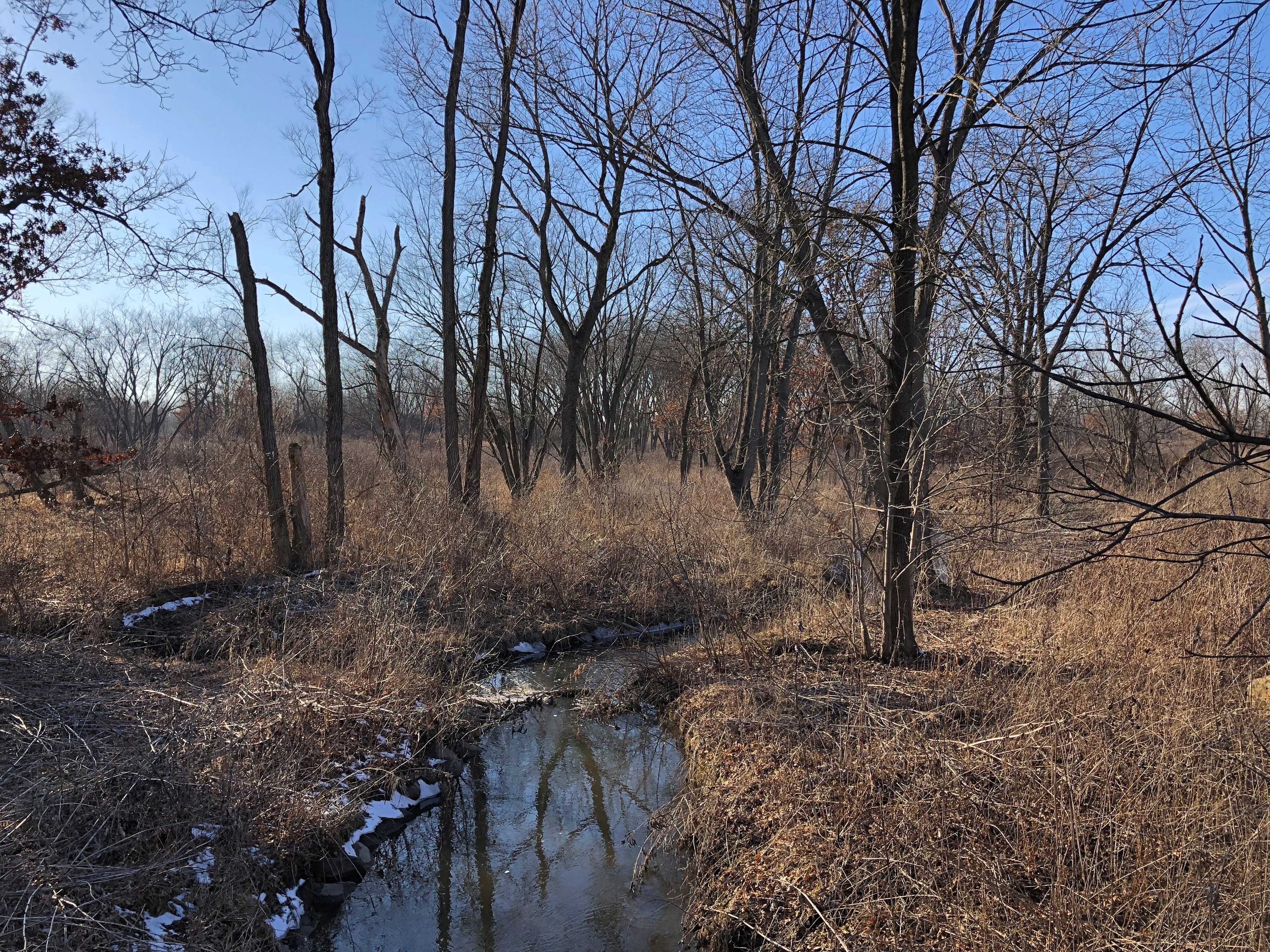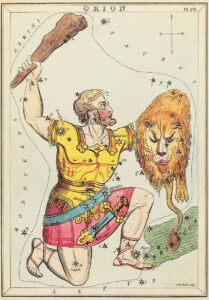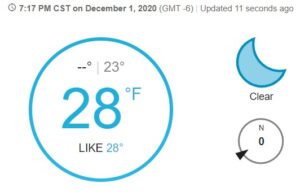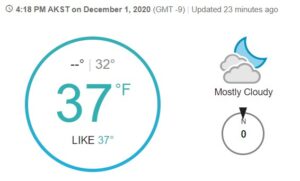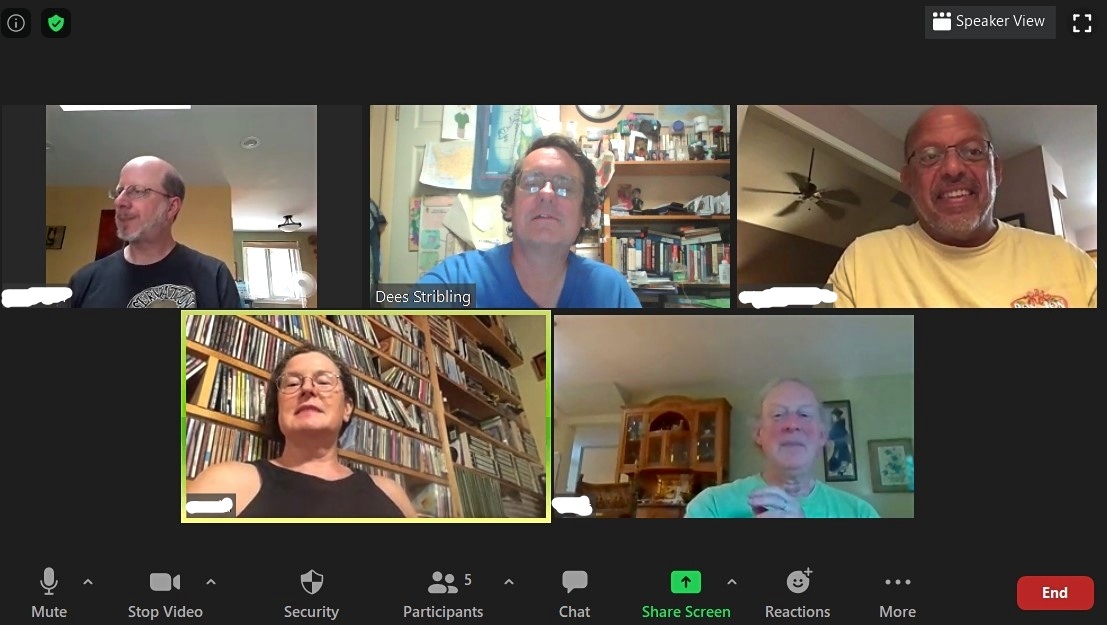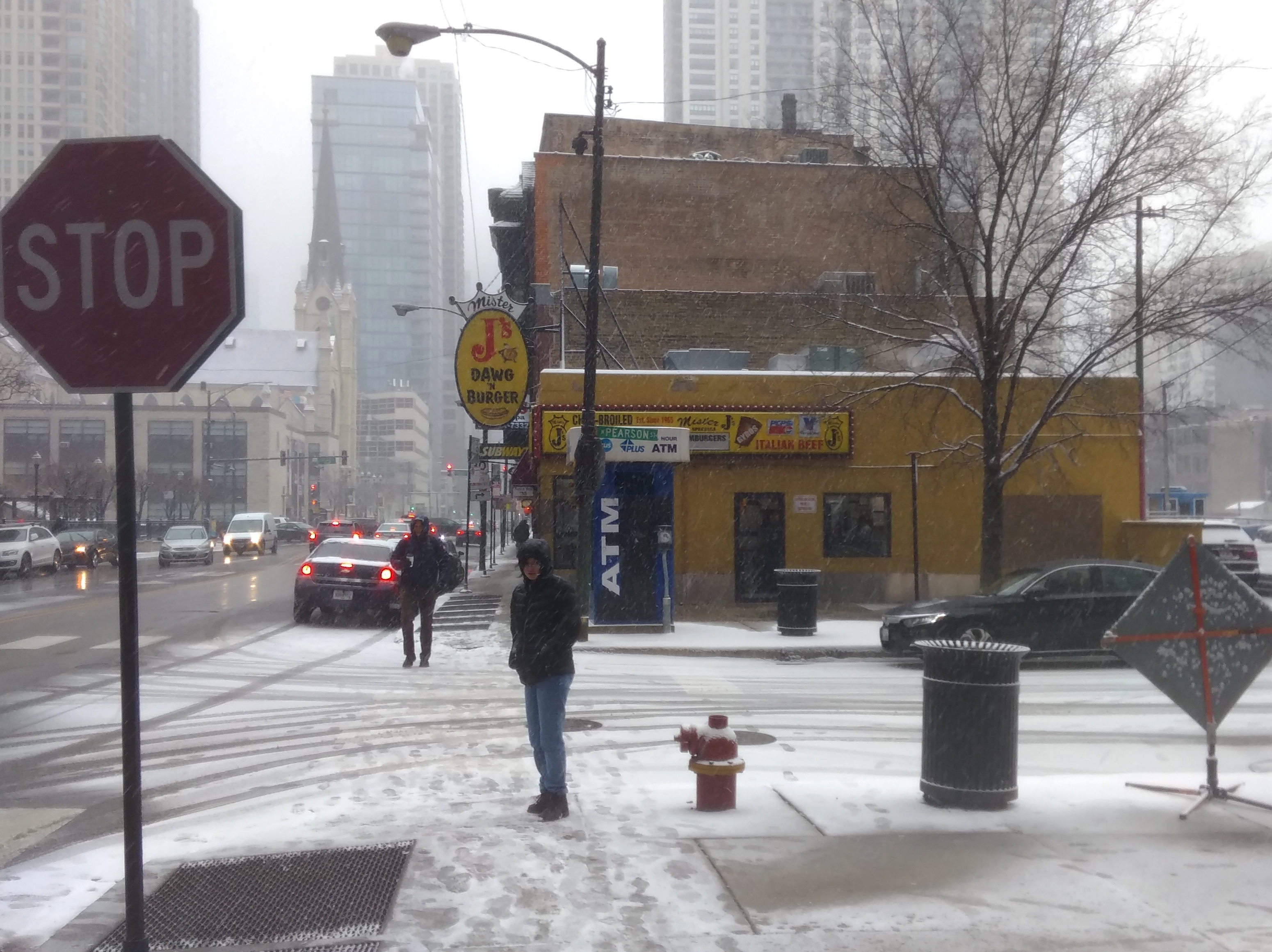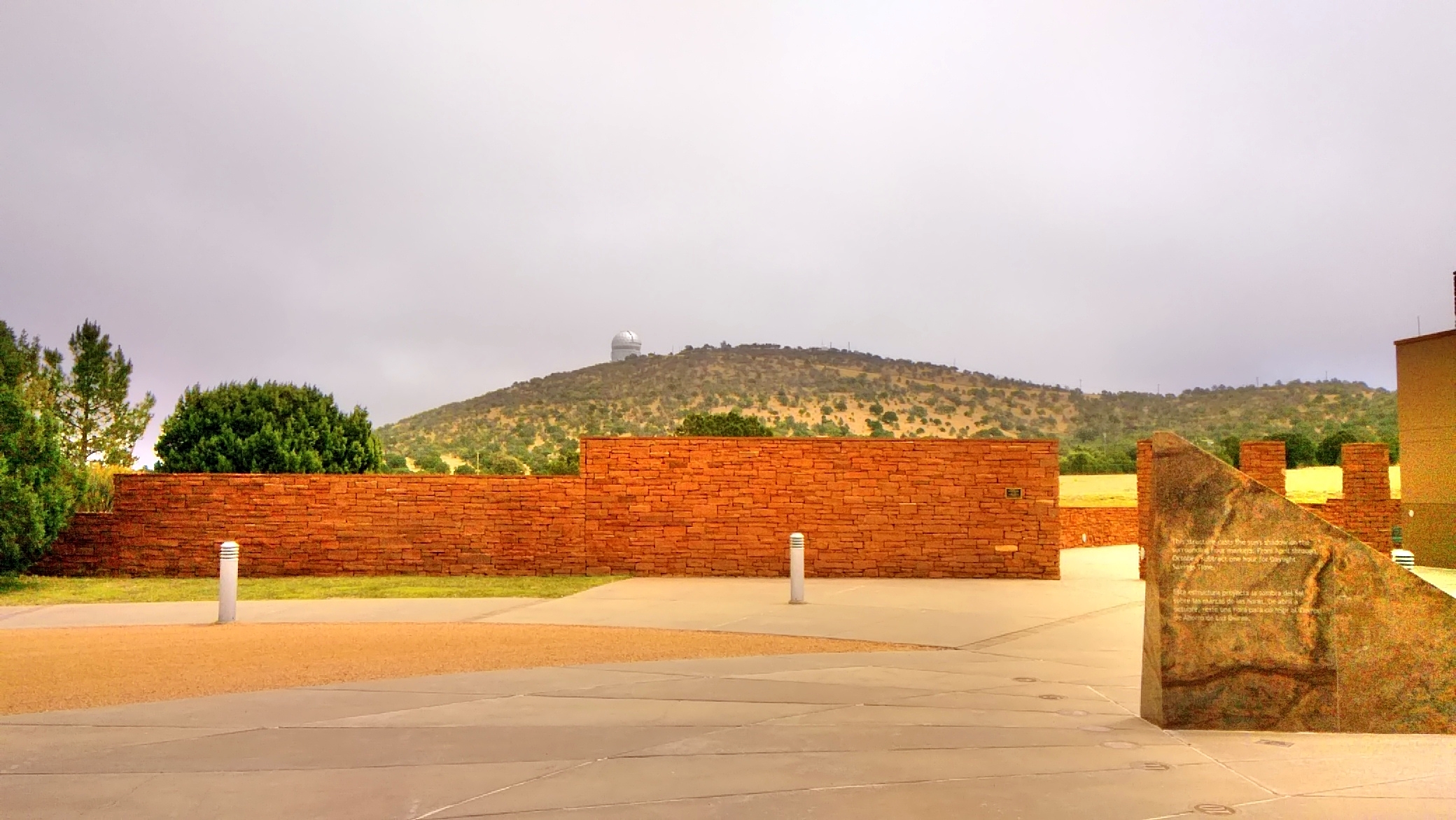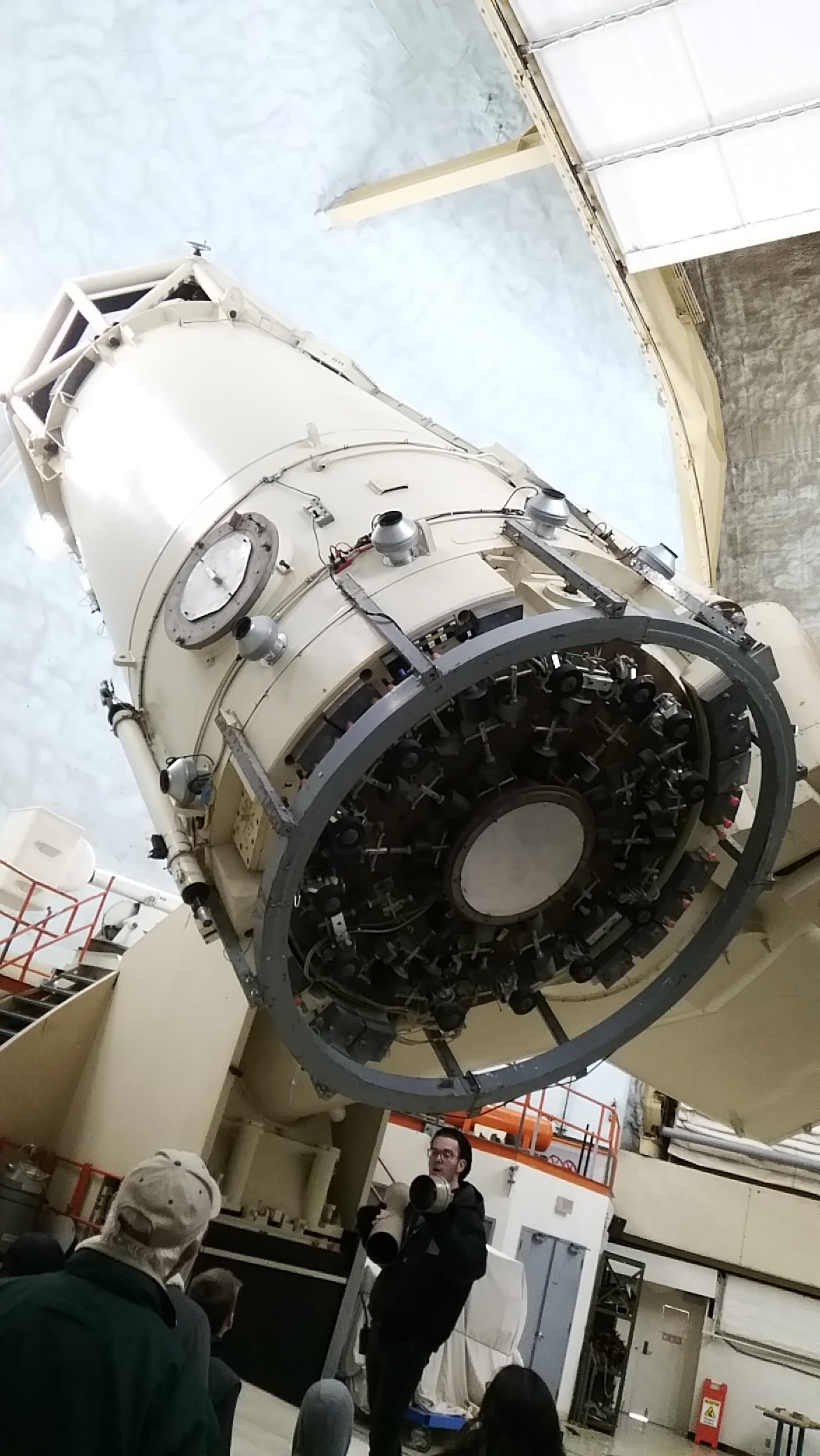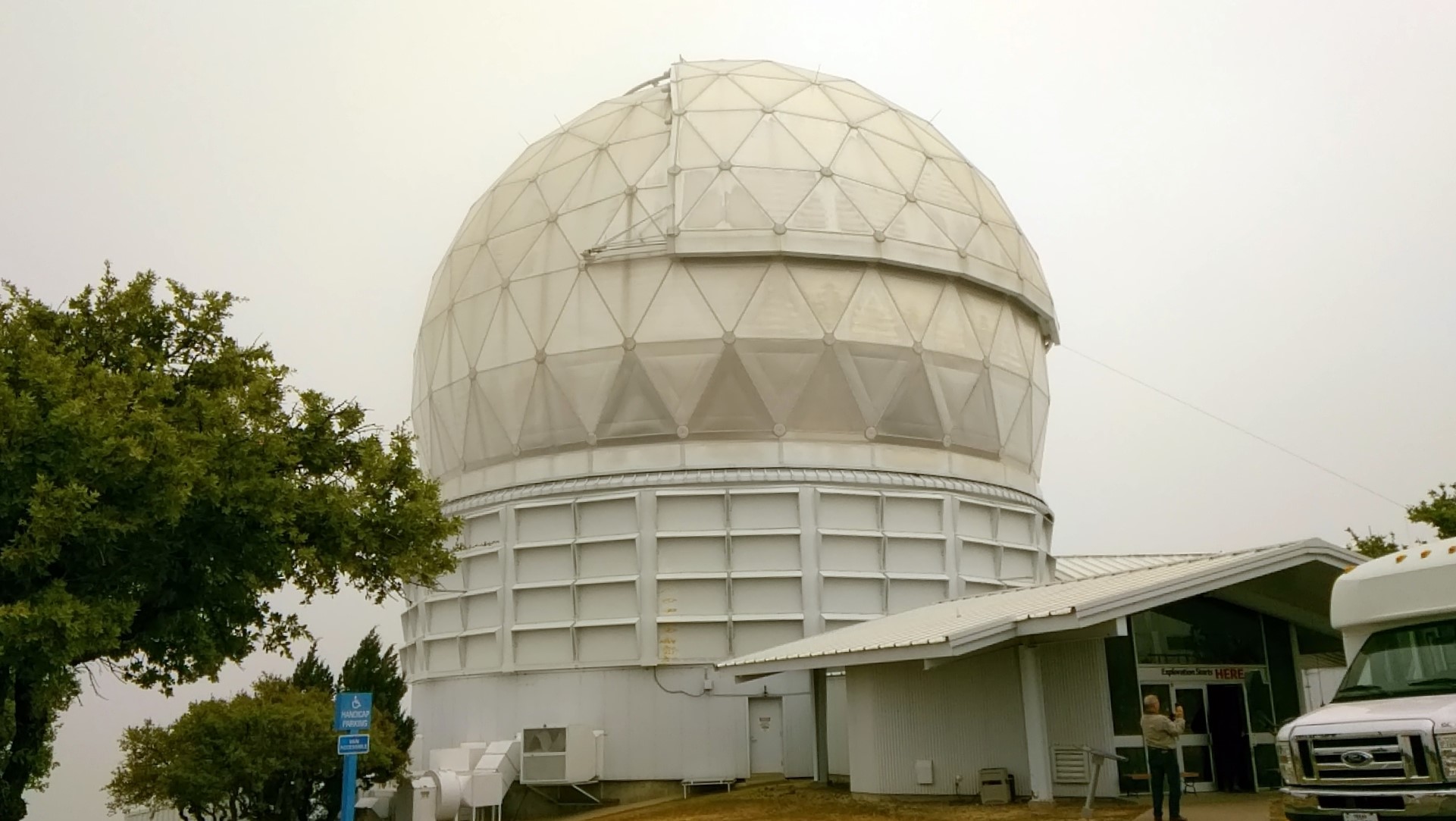The April 8, 2024 North American solar eclipse is already old news. It was practically so the minute it was over, a news cycle balloon whose air didn’t just leak out, but popped. A thousand articles bloomed in the days ahead of the event, mostly trotting out the same information: an elementary-school level explanation of solar eclipses, dire warnings about the dire consequences of staring into the Sun, maybe a note about festivals, quaint towns and surge motel pricing in the path of totality as people gathered in cities and towns in that narrow band.
Yuriko and I headed south to Dallas to see totality, making a two-night, three-day drive of it beginning on April 5; stayed five nights in Dallas; and then made a three-night, four-day return drive, arriving home yesterday. All together we drove 2,496 miles, generally crossing the Ozark Plateau in a course that made a (badly crumbled) figure 8 on a string.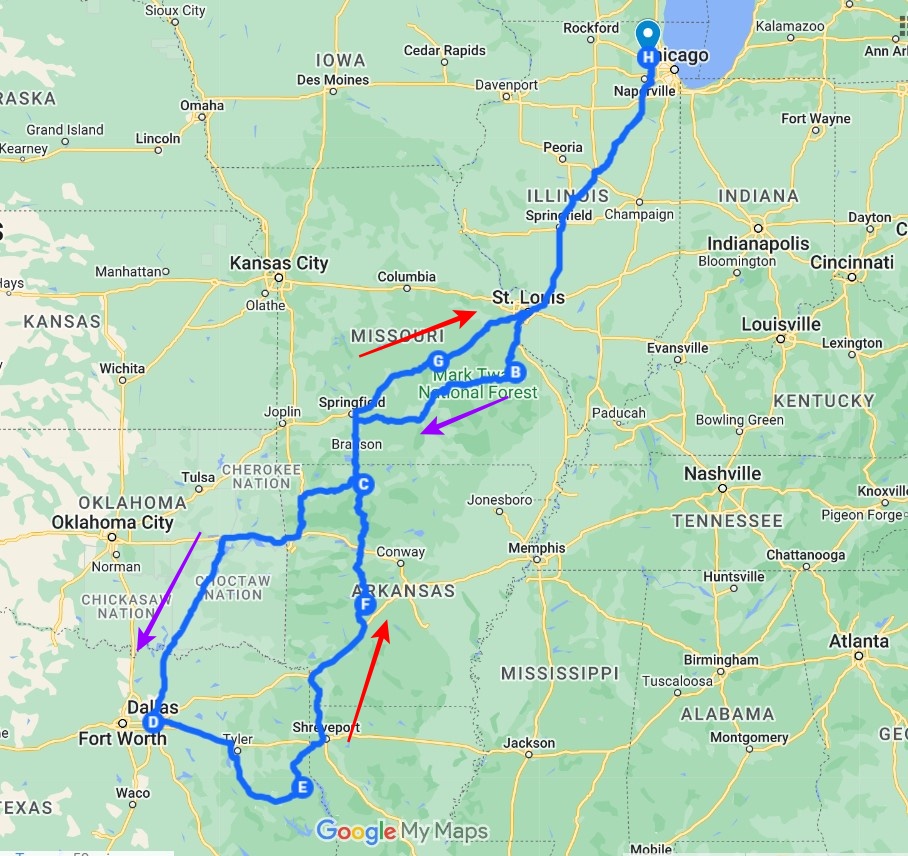
After checking into a limited-service hospitality property in the old lead mining hills of southeastern Missouri on (Friday) April 5 – T-minus three days ahead of totality on Monday – I asked the clerk if they were booked up on Sunday, the day before.
“We’re booked up all weekend,” she said.
“At high prices?”
“Some places are getting $300 or $400 a night,” she said, not willing to admit (you never know who’s listening) that the same was true at her property, a franchisee of a multinational hospitality company that surely knows a thing or two about surge pricing.
I had a similar conversation with the desk clerk in 2017, ahead of the solar eclipse that year. I’d booked a room months earlier then – and this time too – to avoid surge pricing. Eclipses can be predicted at least 1,000 years into the future, and more importantly for ordinary folk, that information is readily available in our time. So it’s easy enough to avoid motel gouging. The next night, April 6, we were in a different motel, also (probably) a creature of surge pricing, also booked early.
As for the night before the eclipse, April 7, we avoided paying for a place to stay by relying on the good offices of my brother Jay, whom we stayed with. It just so happened that the path of totality passed over Dallas, a fact not lost on me some years ago. So I planned to be there at that time, and we were fortunate enough that all went according to plan.
We’ll never be able to do that exactly again, either, since the next time Dallas – or the place where Dallas is – will be in the the path of totality is 2317.
Totality was in the early afternoon. I considered it my lunch hour, since I was working that day. The skies over Dallas that morning were uncooperatively cloudy most of the morning, but by noon the Sun peeked out sometimes. Jay and Yuriko and I joined my nephew Sam and his family and, after a quick Torchy’s takeout lunch – and a zoom interview for me – we went to the nearby Lakeland Hills Park, at 32°48’14.1″N 96°41’47.5″W, according to Google Maps.
To add to the entertainment, Sam shot off a rocket. The idea had originally been to do so during totality, but he correctly decided that would be a distraction from the main event, so he shot it off early. Twice. Small children, including his children, chased it as it parachuted to the ground the first time. The second time, the parachute failed and that was the end of the rocket’s useful life. Naturally I was reminded of the rockets we shot off in ’75.

The orange crescent Sun was visible on and off as the Moon ate further into it. People were watching.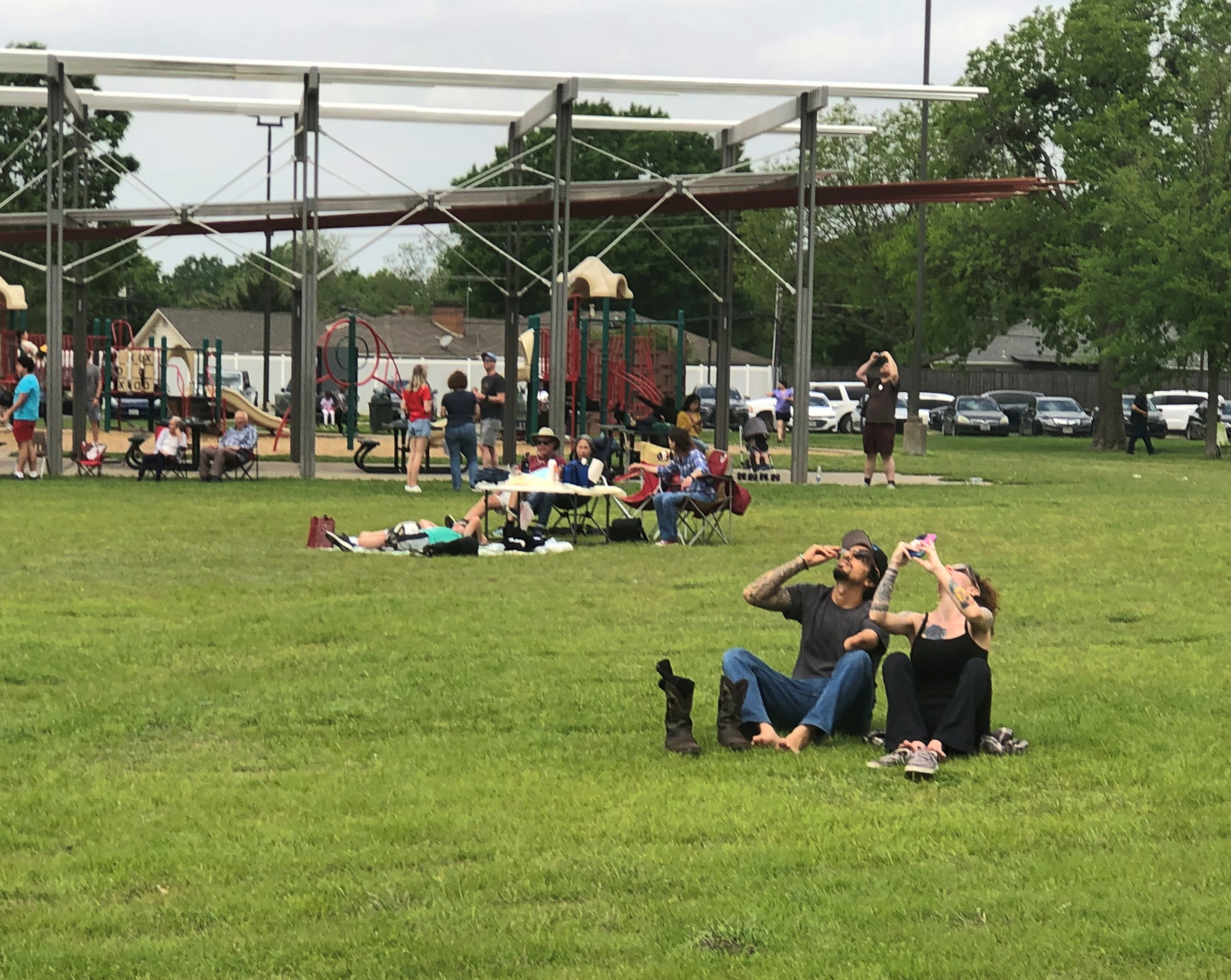
No need to see the partial eclipse via pin-hole when the Sun happened to be out.
We assessed the nearby clouds for size and what direction they seemed to be moving. The odds didn’t look that great for an unobscured view. Darkness began closing in anyway.


Totality came, just as the astronomers said it would. Luck was with us, mostly. We saw the blackened disk of the Sun and much of its close-in corona, as apt a name as any in astronomy, though little of the corona’s tendrils that so memorably stretched into the void in the clear skies of ’17. Still, quite the sight in ’24. Even saw a few solar prominences, gold-red-orange light blips at the edge of the disk, which I’m not sure I did last time. So was the partly cloudy totality worth driving more than 1,000 miles to see? Yes. Double yes.

